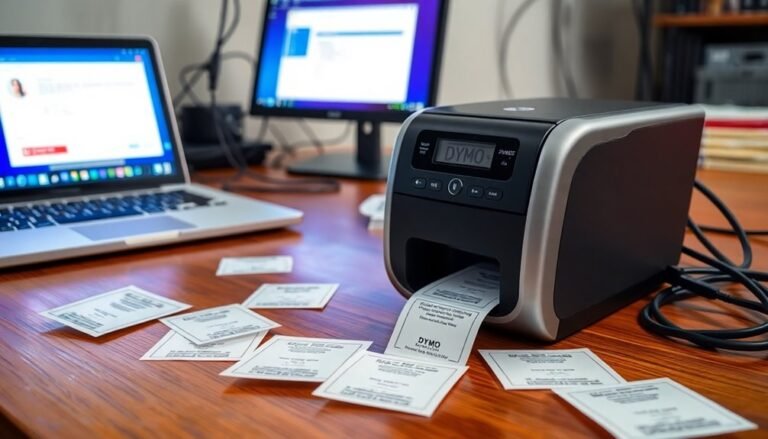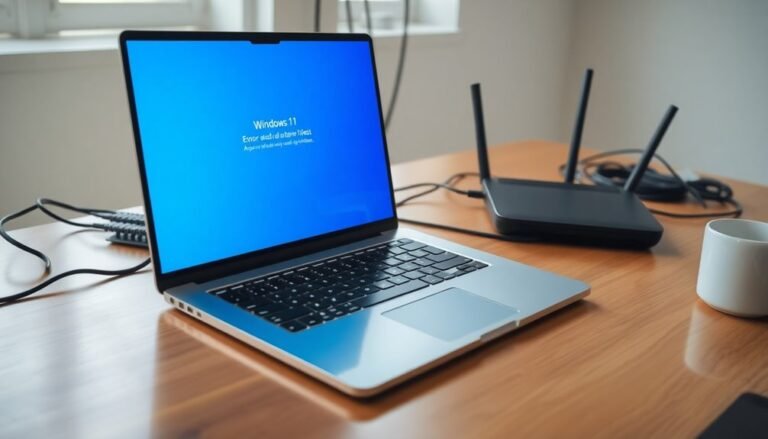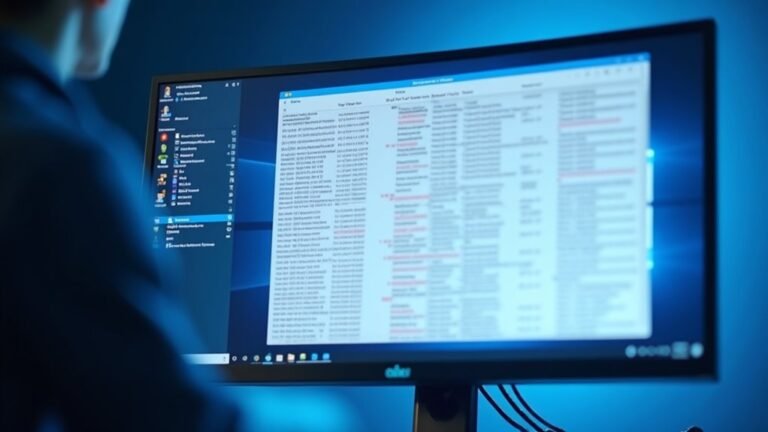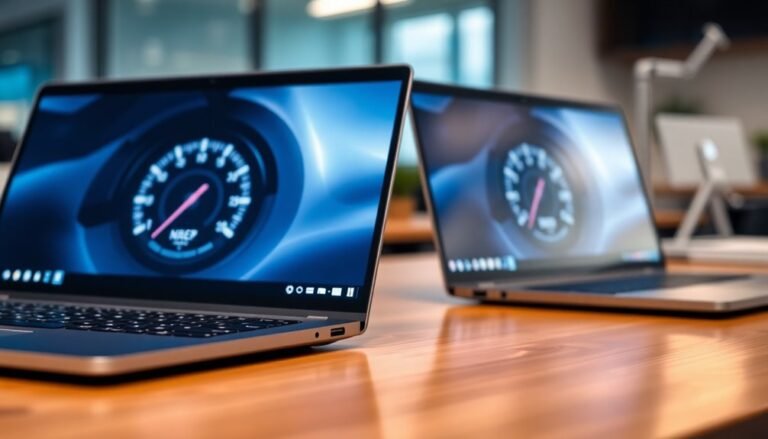Windows 11 Slow Startup: Fix Slow Boot Times on Windows 11
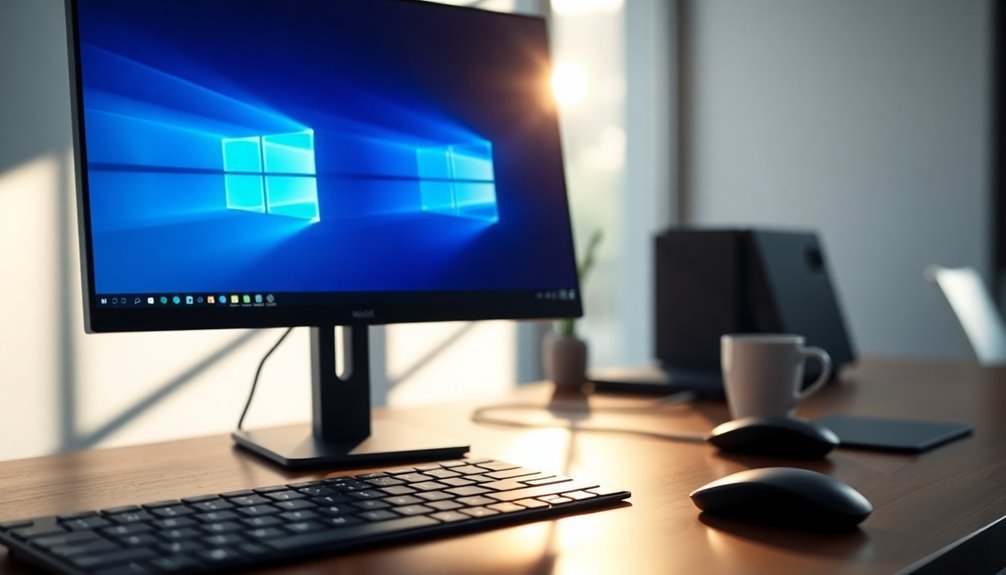
To fix slow boot times on Windows 11, start by disabling unnecessary startup programs in Task Manager. Also, remove temporary files through Storage settings.
Check for Windows and driver updates, especially for your graphics and chipset, to rule out compatibility issues. Enabling Fast Startup in Power Options can also improve boot speed.
Make sure your disk isn’t nearly full, as this can slow down startup. Upgrading to an SSD dramatically helps reduce boot times.
There are further advanced techniques and regular maintenance tips that can make boot times even faster.
Common Causes of Slow Startup in Windows 11
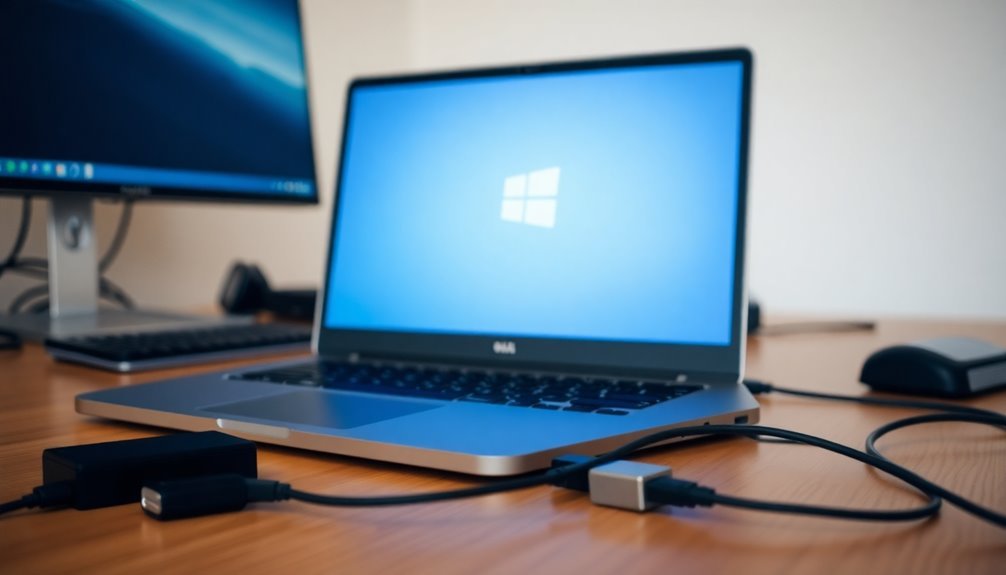
If your Windows 11 PC is experiencing slow startup times, several common causes may be to blame.
Hardware limitations such as insufficient RAM, an older CPU, or using a traditional HDD instead of a faster SSD can significantly increase boot times. Additionally, a nearly full or fragmented C: drive can prevent Windows 11 from accessing essential system files efficiently, leading to delays.
Outdated or incompatible drivers, particularly for graphics cards and CPUs, are frequent contributors to slow startup issues. Excessive startup programs that automatically run when Windows boots can also slow down the startup process by consuming valuable system resources. Corrupted system files or incomplete Windows updates can disrupt the boot sequence and extend startup duration.
Malware infections, incompatible software, and excessive background services also compete for system resources, causing further slowdown. Running your PC without rebooting for extended periods can result in accumulated processes and registry clutter, which negatively affects boot speed.
Furthermore, outdated BIOS/UEFI firmware or incorrect firmware settings can reduce startup performance.
To optimize Windows 11 startup speed, address hardware limitations, keep drivers and system files up to date, regularly scan for malware, and manage background services.
Updating BIOS/UEFI firmware and ensuring your system drive has sufficient free space are also crucial steps. Implementing these solutions will help restore fast, reliable startup performance on your Windows 11 PC.
Managing Startup Programs for Faster Boot
How to Manage Startup Programs in Windows 11 for Faster Boot Times
One of the most effective ways to speed up your Windows 11 startup is by managing your startup programs. To get started, open Task Manager by pressing Ctrl + Shift + Escape, then click on the Startup tab. Here, you can see the list of apps that launch at startup along with their impact on boot time.
Focus on disabling programs labeled as “High impact” that you don’t need immediately after boot. Simply right-click the program and select “Disable” to prevent it from running during startup. Managing startup programs improves computer performance and convenience, so regularly reviewing and adjusting these settings can lead to a much smoother computing experience.
For a more user-friendly approach, navigate to Settings > Apps > Startup, where you can toggle startup apps on or off with ease. This method helps streamline your boot process without having to delve into more advanced tools.
Advanced users can also use the System Configuration tool (MSConfig) by typing “msconfig” in the Run dialog box. In the General tab, uncheck “Load startup items” to disable all startup programs at once, but be cautious as this affects all entries and might impact essential services.
To further optimize startup performance, check the Task Scheduler for scheduled background tasks that might slow down boot time. Open Task Scheduler, browse the Task Scheduler Library, and disable any non-essential tasks that run at startup.
Regularly auditing your startup programs is crucial, especially after installing new software that may add itself to startup automatically. Always ensure that essential security programs remain enabled to protect your system.
Before making significant changes, consider creating a system restore point to easily revert if needed.
Cleaning Up Disk Space and Removing Temporary Files
How to Clean Up Disk Space and Remove Temporary Files to Speed Up Windows 11 Boot Time
After optimizing your startup programs, focus on freeing up disk space and deleting temporary files that can slow down Windows 11 boot speed. Start by navigating to Settings > System > Storage to get an overview of your disk usage. Click on Temporary files to safely remove system caches, update leftovers, and temporary internet files. Always double-check before deleting files in the Downloads folder to avoid losing important data.
For automated maintenance, turn on Storage Sense in Windows 11. This feature automatically clears temporary files, empties the Recycle Bin, and can be configured to manage Downloads and OneDrive folders to keep your disk space optimized without manual intervention.
Next, use Disk Cleanup with administrator privileges. Select Clean up system files to remove old Windows installations, previous update files, and system restore points. Keep in mind that deleting restore points will limit your ability to revert your system in case of issues.
Additionally, reset the Microsoft Store and clear app caches using the Windows Troubleshooter to improve overall system performance.
Regularly cleaning up temporary files and reclaiming disk space is essential for maintaining faster Windows 11 boot times and smoother operation.
Optimizing Power Settings and Fast Startup Options
Enable Fast Startup in Windows 11 by navigating to Control Panel > Power Options > Choose what the power buttons do and selecting Turn on fast startup.
This feature combines hibernation and shutdown to significantly speed up your PC’s boot time.
For the best system performance and stability, ensure your power plans are tailored to your specific usage needs.
Optimize Windows 11 power settings to enhance startup speed and improve overall efficiency.
Updating Windows and Device Drivers
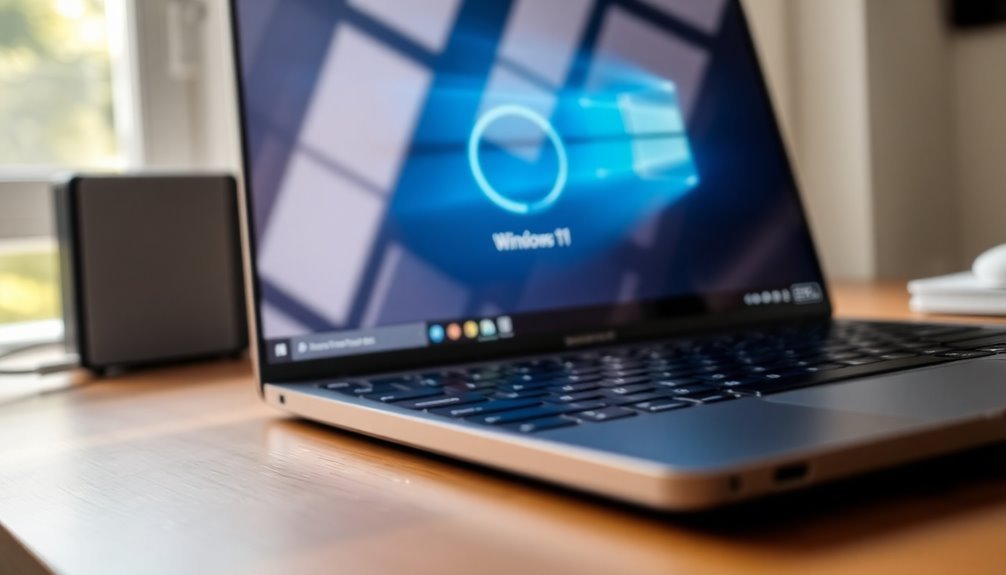
Ensure optimal PC performance by regularly updating Windows and device drivers. Always restart your computer after installing updates to apply important improvements and maintain smooth startup operations.
Follow these essential steps for effective system maintenance:
- Check Windows Update at least once a month to download the latest system and driver updates.
- Manually update crucial hardware drivers such as GPU, SSD, and chipset directly from official manufacturer websites.
- Avoid using third-party driver update tools, as they might install incompatible or unsafe drivers.
Stay proactive with these update practices to keep your Windows PC running efficiently and securely.
Advanced Solutions for Persistent Slow Boot Issues
Advanced Solutions to Fix Slow Boot Times on Windows 11 PCs
If your Windows 11 computer continues to have slow boot times despite basic troubleshooting, it’s essential to implement advanced solutions that address deeper system issues.
Begin by accessing your BIOS/UEFI firmware settings: enable Fast Boot, update your firmware, set the correct boot device priority, disable unused hardware controllers, and ensure UEFI mode is activated. These steps can significantly reduce startup delays.
Next, optimize startup programs by using Task Manager or Autoruns to disable high-impact or unnecessary applications that slow down boot time. Additionally, open services.msc to turn off non-essential background services, and use the Group Policy Editor to disable unneeded startup scripts for improved performance.
To boost system performance during boot, adjust the paging file size if your system has limited RAM, and disable visual effects through System Properties to reduce CPU and GPU load during startup.
Advanced users can edit the Windows Registry, for example, modifying the WaitToKillServiceTimeout value to speed up shutdown processes.
Finally, run CHKDSK and System File Checker (SFC) to fix disk errors, optimize SSD settings for faster read/write speeds, and utilize Windows Performance Recorder and Windows Performance Analyzer to perform detailed boot diagnostics.
Implementing these advanced Windows 11 boot optimization techniques can help you achieve faster startup times and a smoother overall user experience.
Frequently Asked Questions
Does Windows 11 Safe Mode Boot Faster Than Normal Mode?
Yes, you’ll usually notice Windows 11 boots faster in Safe Mode since it loads only essential drivers and services. You won’t see third-party apps or extra startup items, helping you isolate software or driver-related slowdowns.
Can Antivirus Software Slow Down Windows 11 Startup?
Yes, antivirus software can slow down Windows 11 startup. You’ll notice delays if real-time scanning checks files at boot. To speed things up, adjust exclusions, reduce overlapping antivirus programs, and manage startup apps through Task Manager.
Does Dual-Booting Affect Windows 11 Startup Speed?
Yes, dual-booting can slow Windows 11 startup because the bootloader must manage multiple operating systems. You’ll notice delays, especially if both OSes share a drive. Disable unnecessary startup apps and keep firmware updated to help improve speed.
Will Adding More RAM Improve Windows 11 Boot Times?
Adding more RAM only improves boot times if you’re running out of memory during startup. First, check Task Manager for high RAM use at boot. If RAM isn’t maxed out, upgrading won’t make a noticeable difference.
How Does Bitlocker Encryption Impact Boot Performance in Windows 11?
BitLocker encryption slows boot performance because your system must decrypt boot data on startup, using CPU resources. If you use an SSD, you’ll notice less impact, but older HDDs experience up to 45% slower boot times.
Conclusion
Speeding up your Windows 11 startup is like tuning a car engine—you’ll notice smoother performance right away. By managing your startup programs, clearing out unnecessary files, optimizing your power settings, and keeping everything updated, you’re setting your PC up for success. If slow boot times persist, don’t hesitate to try advanced fixes or seek professional help. Follow these steps, and you’ll enjoy a faster, more efficient Windows 11 experience every time you power on.
